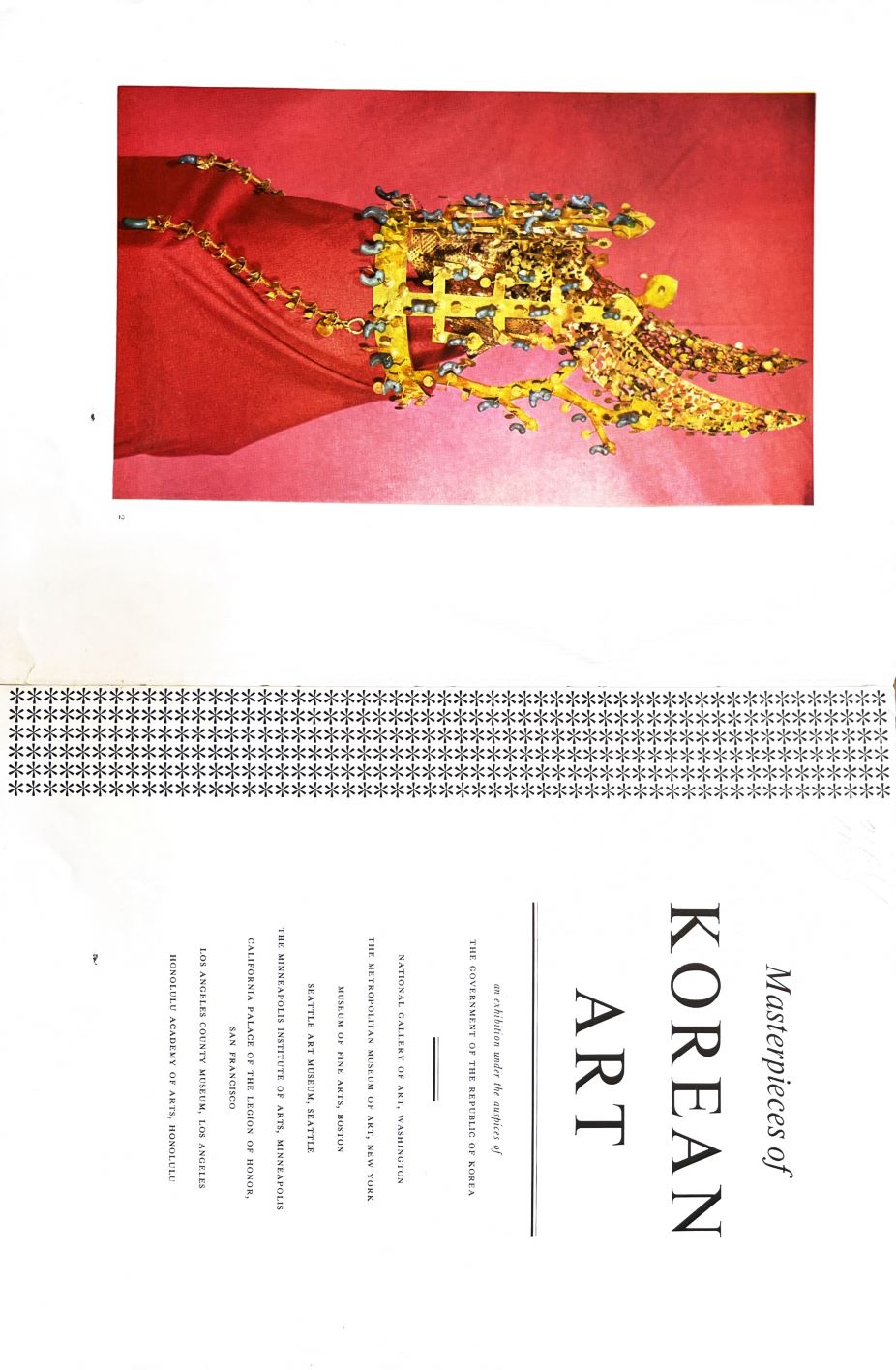
Masterpieces of Korean Art (Boston, Metcalf, 1957), National Library of Korea Collection
Masterpieces of Korean Art
* Source: MMCA
Related
-
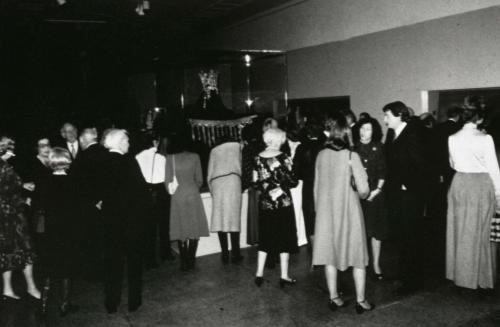
5000 Years of Korean Art
5000 Years of Korean Art was an overseas exhibition organized by the National Museum of Korea to introduce Korean cultural heritage to Japan, marking the beginning of cultural exchanges between Korea and Japan. It was held from February 24 through July 25, 1976 at the Kyoto National Museum, Fukuoka Prefectural Cultural Center, and Tokyo National Museum. It was a monumental exhibition that attracted 600,000 visitors for 120 days in Japan. This exhibition allowed Japanese people, who had become aware of Korea’s influence upon Japanese culture after the discovery of Takamatsuzuka Tumulus in 1972, to reconsider Korean culture. After the exhibition 5000 Years of Korean Art terminated in Japan, the National Museum of Korea presented a return exhibition at home with 348 objects selected from among the works displayed at the Japan exhibition. The oversea exhibition of Korean cultural heritage began with Masterpieces of Korean Art held in 1957 in the U.S. It was followed by The National Art Treasure of Korea presented at the Victoria and Albert Museum in London, England from March 21 through May 7, 1961. The National Art Treasure of Korea traveled to the Hague in the Netherlands, France, and Germany. This traveling exhibition, held until the end of June 1962 in Europe, aroused great interest. After the 1976 Japanese exhibition of 5000 Years of Korean Art, an exhibition under the same title was held from May 1, 1979 through September 30, 1981 at museums in seven U.S. cities. They were the Asian Art Museum in San Francisco, Seattle Art Museum, The Art Institute of Chicago, the Cleveland Museum of Art, Museum of Fine Arts Boston, The Metropolitan Museum of Art in New York, and The Nelson-Atkins Museum of Art in Kansas City. The exhibition featured 354 national treasure-class cultural heritage items. It contributed to the rediscovery of Korea as a country with an outstanding culture full of unique beauty, humor, and liveliness rather than a tragic country of war and division. From February 16, 1984 through January 13, 1985, the National Museum of Korea held a large-scale overseas exhibition at the British Museum as well as at the Museum für Kunst und Gewerbe (The Museum of Arts and Crafts) in Hamburg, and the Museum für Ostasiatische Kunst (Museum of East Asian Art) in Cologne in Germany.
-
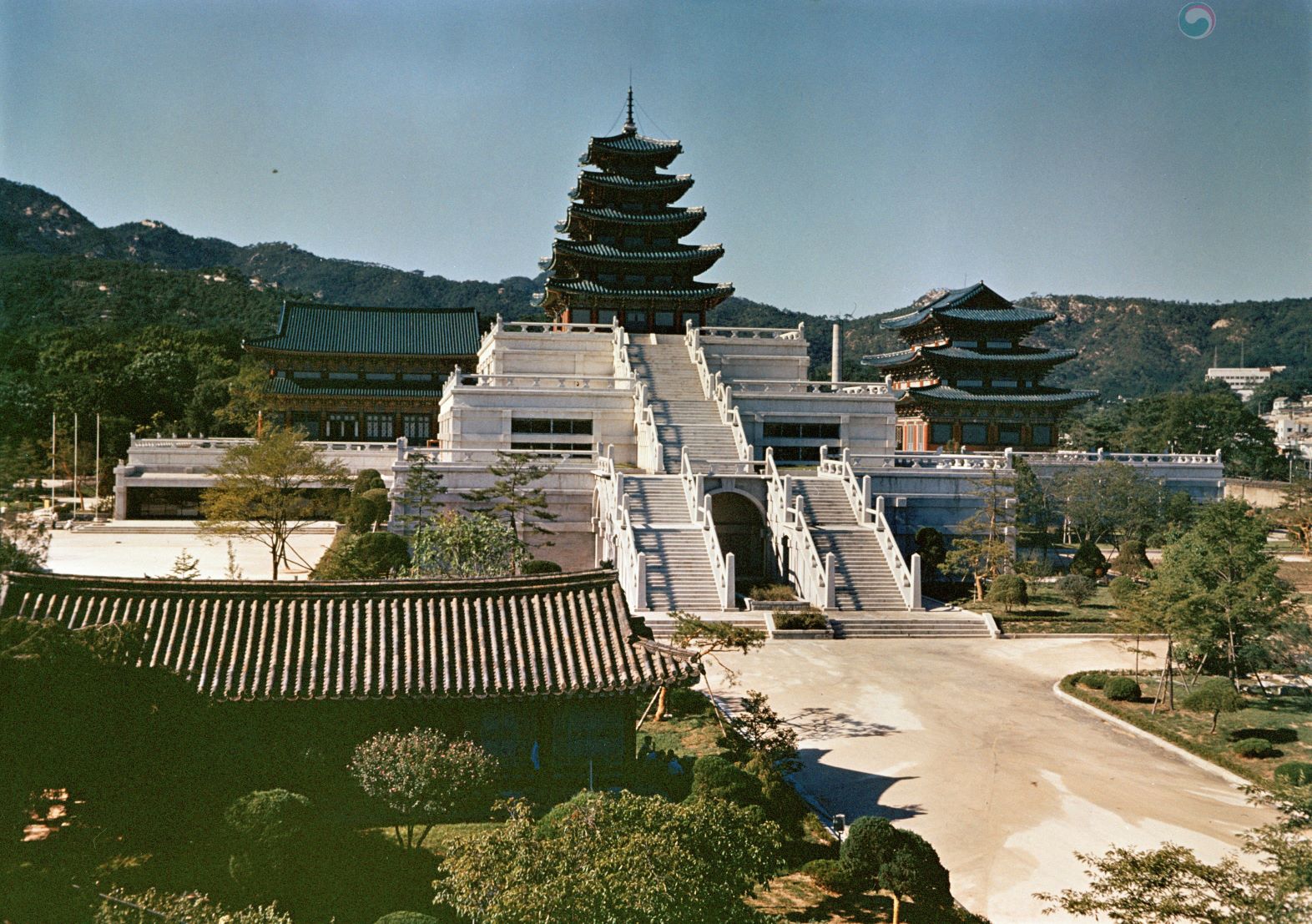
National Museum
The National Museum was established by the Korean government in 1945 after Independence. It consists of a general museum and a special museum. The National Museum of Korea as a general museum took over the Museum of the Japanese Government-General of Korea and opened at Gyeongbokgung Palace in 1945. It annexed the Gyeongju, Buyeo, Gongju, and Kaesong museums. It also annexed Song Seokha’s National Museum of Anthropology and accepted the collection of Deoksugung Museum of Art (former Yi Royal Family Museum) in 1969. The museum was called “National Museum” from 1945 to 1972, and the “National Museum, of Korea” after the reorganization in 1972. Meanwhile, local annex museums were upgraded to local national museums, such as Gyeongju National Museum and Buyeo National Museum. Since Independence, national museums have been constructed in many local cities, including Gyeongju, Buyeo, Gongju, Gwangju, Jinju, Cheongju, Jeonju, Daegu, Gimhae, Jeju, Chuncheon, Naju, and Iksan. These museums play pivotal roles in maintaining local histories and cultures. Special museums within the National Museum of Korea include the National Palace Museum (the history and culture of the Joseon Dynasty), the Maritime Museum (maritime culture), the Forest Museum, the Diplomatic Museum, the Police Museum, the Custom Museum, the Lighthouse Museum, the Postal Museum, and the Museum of Korean Traditional Music.
-
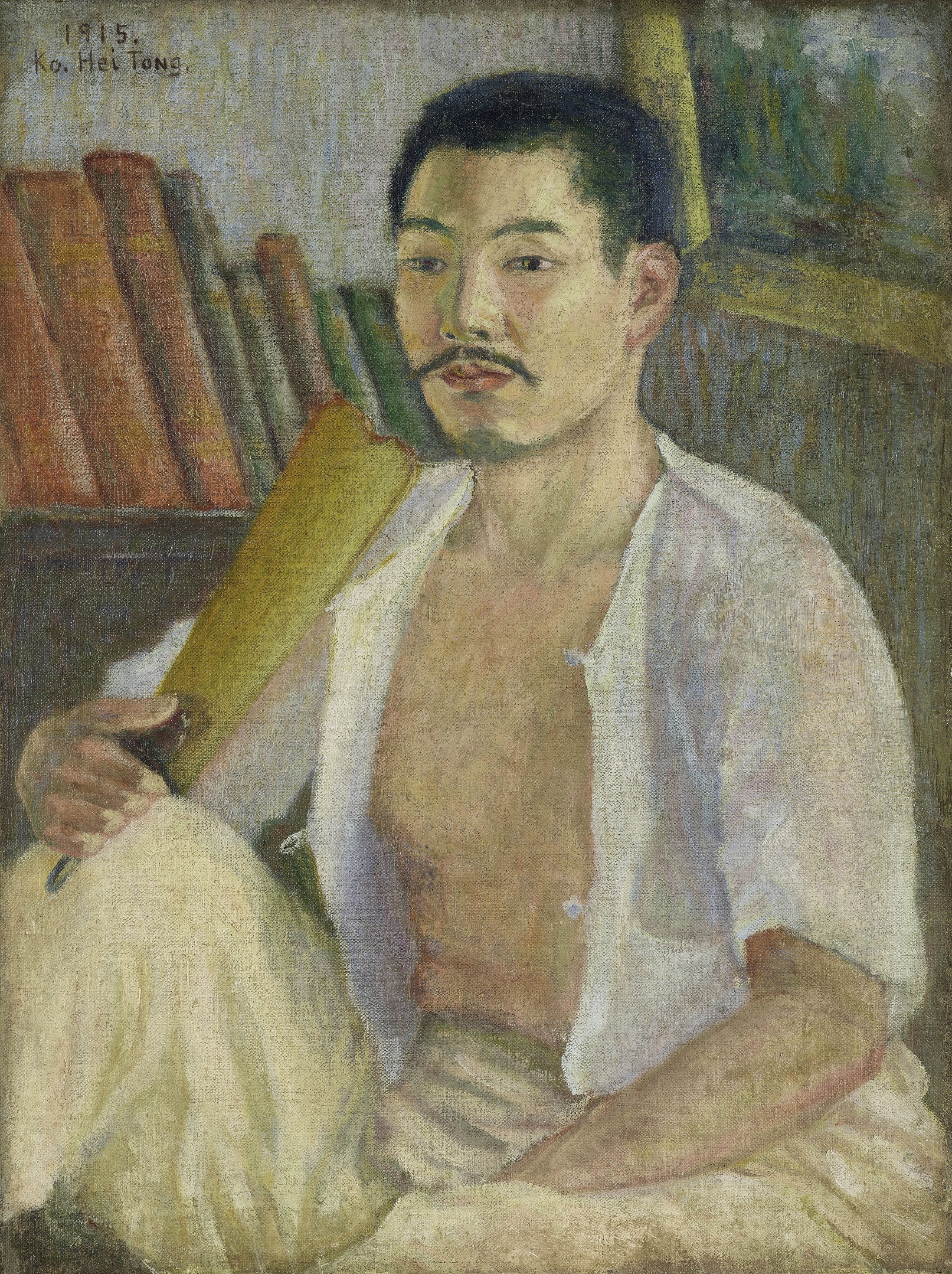
Ko Huidong
Ko Huidong (1886-1965, pen name Chungok) was born in Seoul and graduated from Hanseong French Language School. He worked as an interpreter and was appointed as a government official of the Korean empire. In 1907, he began to learn painting from An Jungsik and Cho Seokjin. He visited Japan to study art in 1909 and later attended Tokyo School of Fine Arts where he studied oil painting. The advent of Japanese colonization in 1910 caused him to lose his position as a government official and he became a student. He graduated in 1915. A Self-portrait with Jungjakwan (traditional Korean hat for government officials) reflected his self-consciousness of his former role as a government official of the Korean empire. His oil paintings, such as A Self-portrait with Durumagi (traditional Korean overcoat) or A Self-portrait Holding a Fan, are currently owned by the MMCA in Gwacheon. In the 1920s, he stopped creating Western paintings due to the lack of understanding of people around him. After this period, he focused on Eastern paintings depicting subjects such as Geumgangsan Mountain or other nativist landscape themes. He organized the Calligraphy and Painting Association [Seohwa hyeophoe] with An Jungsik, Cho Seokjin, and Lee Doyoung and worked as a secretary of that Association's exhibitions. He was acquainted with numerous other artists and he actively participated in political activism in the modern painter’s circle in Korea. Following the example of his father Ko Yeongcheol, a member of Yukgyo Poetic Gathering [Yukgyo sisa], he also interacted with other artists, such as Oh Sechang. He helped to organise artists as a chair of the Great Korean Art Association [Daehan misul hyeophoe] and later was appointed as a senator. In 1954, He was selected as the first chairman of the National Academy of Arts. His universal significance can be seen in his crucial contribution to the establishment of the first association of Western painting artists and modern artists in Korea.
Find More
-
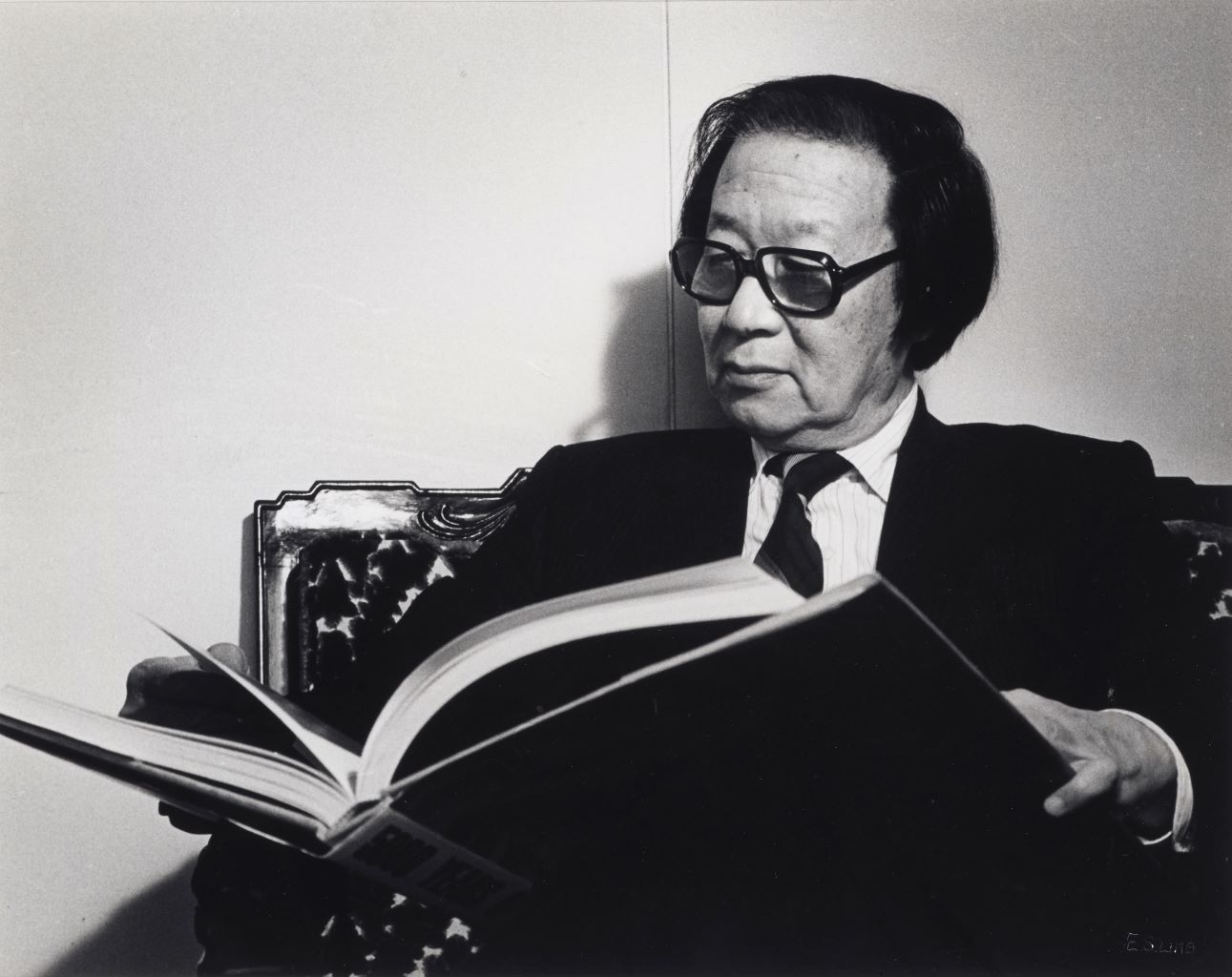
Choi Sunu
Choi Sunu (1916-1984, pen name Hyegok) was an art historian who served as the fourth director of the National Museum. After graduating from Songdo High School in Kaesong in 1936, he worked as a clerk in the Archaeology Department of the Gaepung County Office and studied art history by exploring historical sites with Ko Yuseop. He began working at the Kaesong Provincial Museum in 1946 and was transferred to the National Museum in 1949. When the Korean War broke out, he was tasked with transporting the National Museum’s collection to Busan. He met Jeon Hyeong-pil (pen name: Kansong) when he covered up an attempt to relocate Jeon’s Bohwagak collection in Seongbuk-dong to North Korea, and the two became close friends. Both his pen name “Soonwoo” and his pen name “Hyegok” were given by Jeon Hyeong-pil. Choi later served as the supply department head, curator, and director of the National Museum, leading research and exhibitions on Korean cultural heritage. From the late 1950s, he was in charge of Masterpieces of Korean Art, a traveling exhibition that toured the U.S. and Europe (1957–1959) and curated 2,000 Years of Korean Arts (1973) and 5,000 Years of Korean Art (in Japan in 1976, the U.S. from 1979 to 1981, and in Europe in 1984) to promote abroad the excellence of Korean culture. He was also interested in contemporary art and interacted with contemporary artists, including Kim Whanki, Kim Swoogeun, Chang Ucchin, Kim Kichang, and others. In 1956, he established Art Critics Association along with Kim Youngjoo, Lee Kyungsung, Kim Chung-up, Han Mook, and Chung Kyu. He lectured at Hongik University and Ewha Womans University and in 1981 received an honorary degree of Doctor of Literature from Hongik University. He served as the first president (1965–1966) of the Korean Art Critics Association (Hanguk misul pyeongnonga hyeophoe), a member of the Cultural Heritage Commission, and president of the Art History Association of Korea. Focusing on research on the history of Korean crafts and Korean painting, Choi wrote several publications, including Hoehwa (Painting, 1973), Mokchil gongye (Wood lacquering crafts, 1974), Goryeo doja (Goryeo ceramics, 1975), Hanguk hoehwa (Korean painting 1-3, 1975), Hanguk hoehwa (Korean painting 1-3, 1982), Hanguk cheongja doyoji (Kilns of Korean celadon, 1982), Cheongja – Togi (Celadon and earthenware, 1983). His posthumous works include Choesunu jeonjip (Collected works by Choi Sunu, 1996), Muryangsujeon baeheullim gidunge gidaeseoseo (Leaning against an entasis column of Muryangsujeon hall, 1994), and Naneun naegeosi areumdapda (I think mine is beautiful, 2002).
-
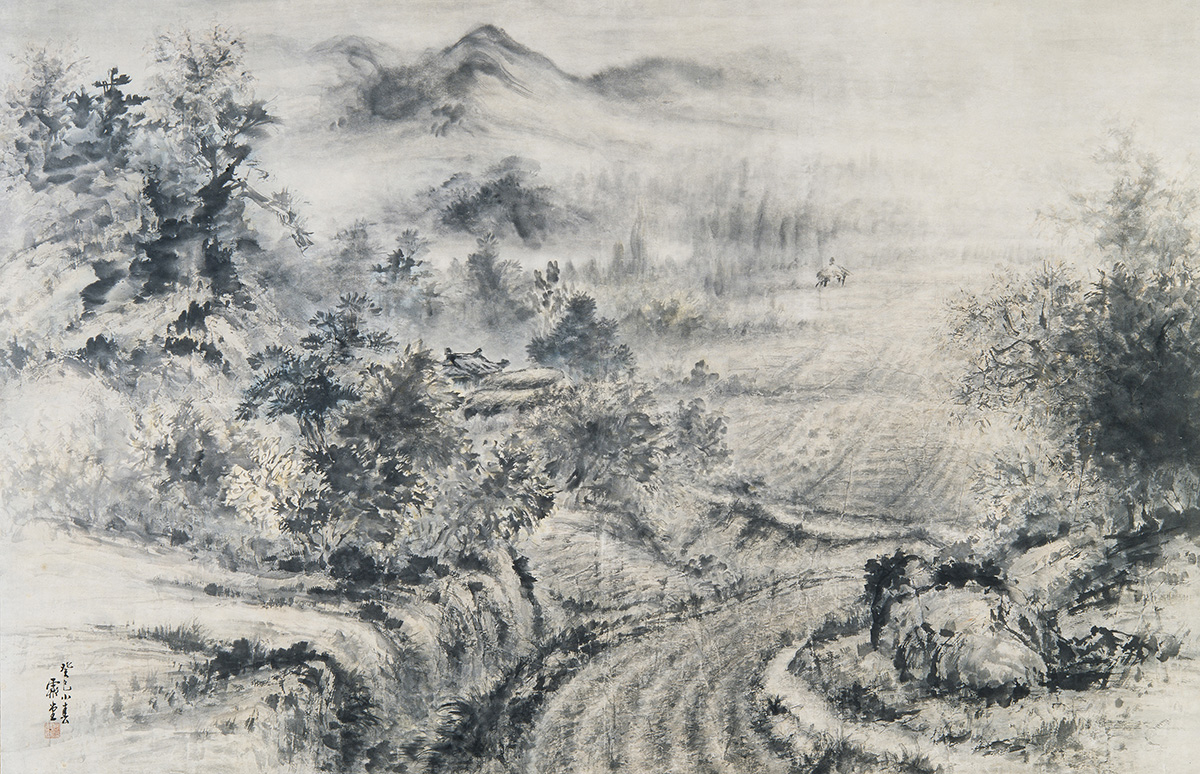
Bae Ryeom
Bae Ryeom (1911-1968, pen name Jedang) began his training in Oriental painting at the Lee Sangbeom’s Cheongjeon Art Studio in 1929 and became one of the representatives of the Cheongjeon Art Studio, winning special awards at the 1936 and 1943 Joseon Art Exhibition [Joseon misul jeollamhoe]. He joined the Cheongjeon Art Studio Exhibition from 1941 to 1943. He participated in the National Art Exhibition (Gukjeon) as a recommended artist after its establishment in 1949 and served as a judge in the Oriental painting division at the National Art Exhibition. He hugely influenced the Korean Oriental art community of the time, and his “Jedang style” became a term to describe certain ink landscape painting styles in Korea. He was selected as a member of the Republic of Korea's National Academy of Arts in 1954 and taught at the College of Fine Arts at Seoul National University and Hongik University from 1965 to 1968. In his early period, he emulated his mentor’s style and created ink paintings with dreamlike local scenes. In the 1940s, he developed his own style while painting Geumgang Mountain. After independence, he paid more attention to the concept and form of traditional landscape paintings and produced Namjong literati style ink landscape paintings.






